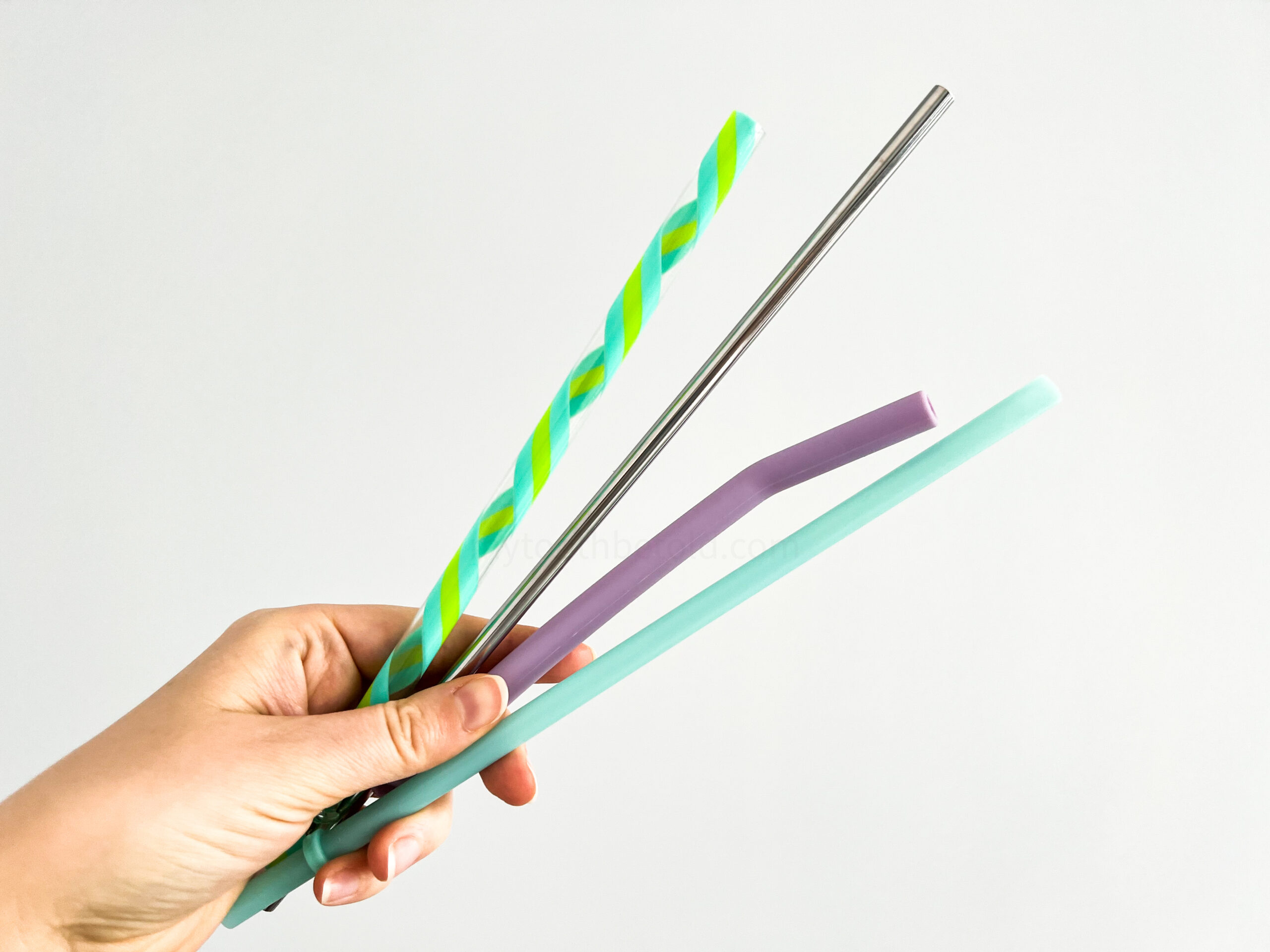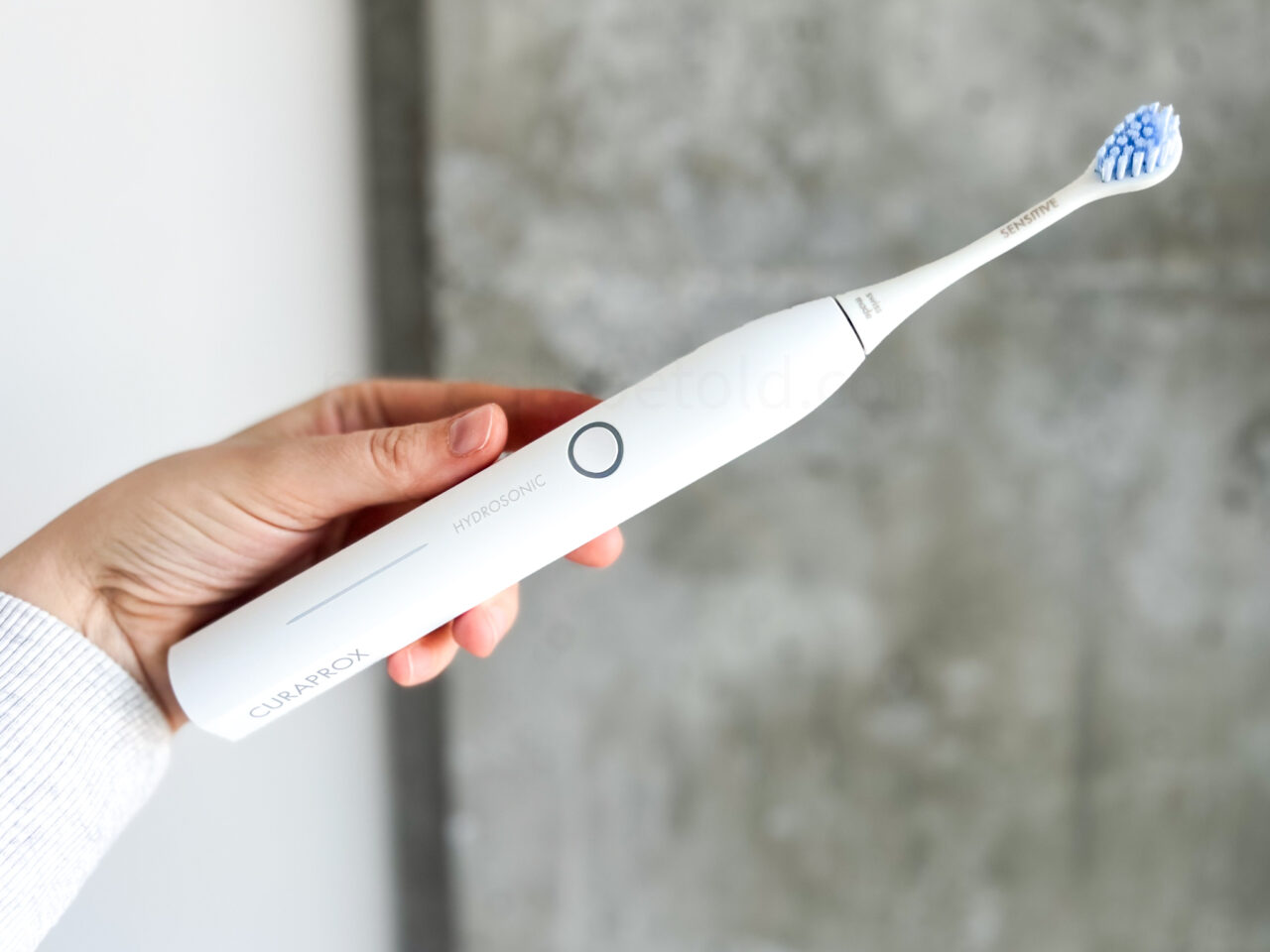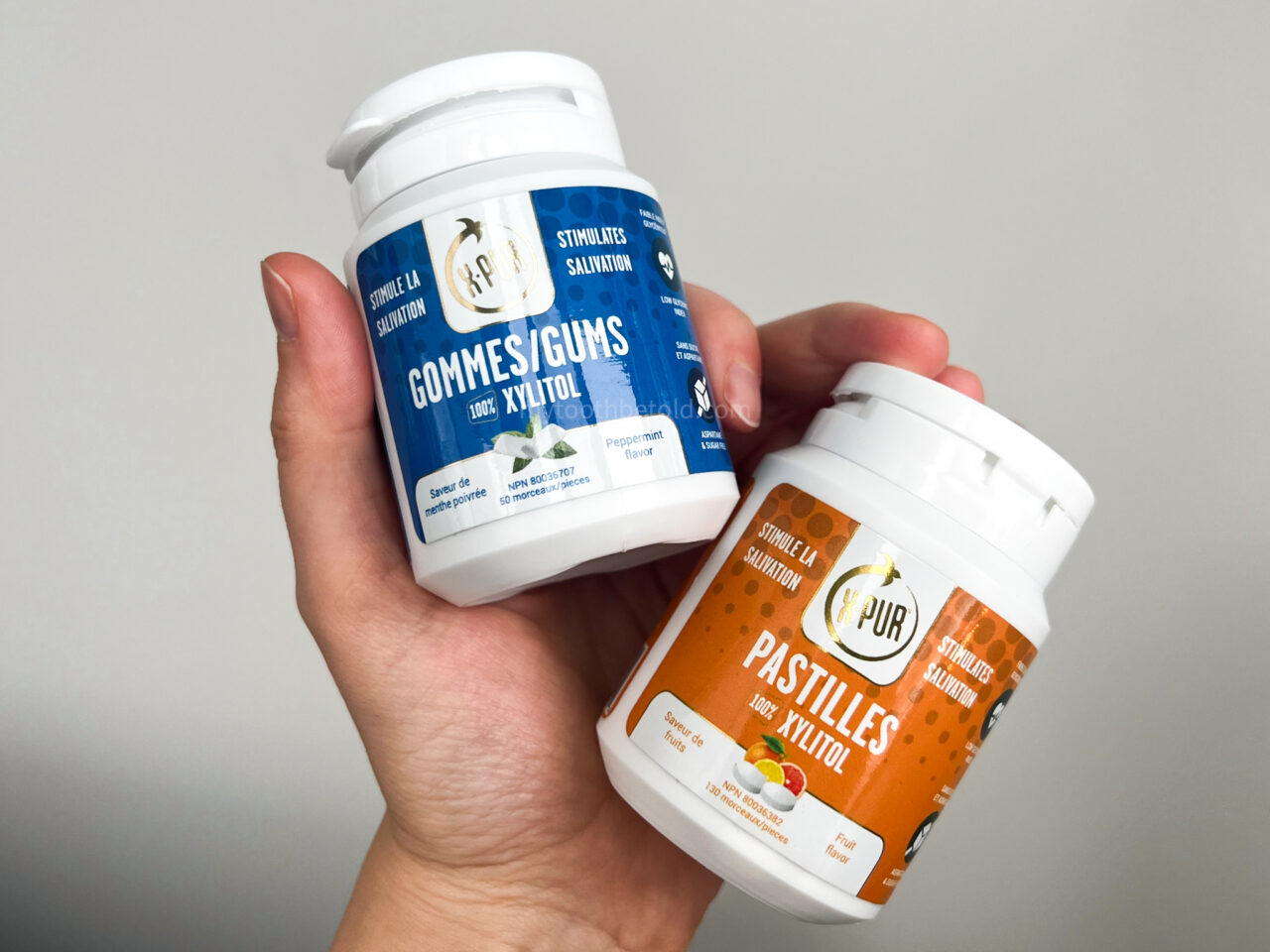Hey there, coffee lovers! For me, a cup of coffee isn’t just about the caffeine kick—it’s about savouring a moment of peace. Sitting on my couch, enjoying my second cup, I gear up for the day ahead. But let’s talk about something that often comes along with that cherished cup of joe: stained teeth.
Here are my top 7 ways to combat coffee stains and keep your smile bright:
1. Rinse with Water
After enjoying your coffee, rinse your mouth with water to wash away the pigments.
This simple step can prevent stains from adhering to your teeth. Coffee is acidic, which means it can soften the enamel on your teeth, making them more susceptible to staining. If you’re a slow sipper, try rinsing every few sips to minimize exposure.
It’s crucial not to brush your teeth immediately after drinking coffee as the softened enamel can be damaged. Instead, wait at least 30 minutes before brushing to allow your enamel to re-harden.
30 minutes is the amount of time it takes for your saliva to buffer out the acid and re-harden the teeth. The saliva contains minerals to do this, so even though sipping on water can help to rinse away the coffee, you still need 30 minutes for your saliva to do its work.
2. Floss/interdental brush Daily
Flossing and interdental brushing remove plaque between your teeth, preventing it from turning into calculus (tartar), which can attract more stains.
Plaque is a sticky film of bacteria that can accumulate on your teeth. When not removed, it hardens into tartar, which is much harder to clean and can hold onto stains.
Regular flossing and interdental brushing keep your teeth cleaner and less susceptible to staining. Need a refresher on flossing techniques? Check out my flossing guide.

3. Use a Straw
Drinking coffee through a straw might seem odd, but it helps keep the liquid away from your teeth, reducing stains. When you drink coffee without a straw, the liquid bathes your teeth, exposing them to staining agents.
Using a straw minimizes contact between the coffee and your teeth, significantly reducing the risk of stains. I always carry a metal straw in my purse for this reason. Yes, people might give you funny looks, but your white teeth will be worth it!
4. Drink Black Coffee
Switching to black coffee can be tough, but it’s worth it. Milk, cream, and sugar can increase staining because they soften your enamel, making it easier for stains to set in. The sugars in these additives can increase acidity in your mouth, further softening enamel and allowing more stains to settle in.
Black coffee, on the other hand, doesn’t contain these additives and is less likely to cause staining. Check out my article on how cream affects your teeth for more info.
5. Regular Dental Cleanings
Plaque and calculus (tartar) buildup can trap stains, so regular dental cleanings are crucial. Calculus is hard and can only be removed by a dental professional.
Regular cleanings help remove plaque and calculus, preventing stains from setting in. Your dental hygienist can also give your teeth a thorough polishing (air polishing with erythritol powder is best because it is not abrasive like a traditional polishing paste), removing surface stains and leaving your teeth looking brighter.
Make sure to schedule regular cleanings to keep your teeth in top shape!

6. Use an Electric Toothbrush
An electric toothbrush, like the Oral-B or the Curaprox Pro (my new favourite) Amazon Link , prevents stains. It cleans more effectively than a manual brush, reaching areas a regular toothbrush can miss. The movements of an electric toothbrush can also more efficiently remove plaque and surface stains.
, prevents stains. It cleans more effectively than a manual brush, reaching areas a regular toothbrush can miss. The movements of an electric toothbrush can also more efficiently remove plaque and surface stains.
Remember to wait 30 minutes after drinking coffee before brushing to protect your enamel. Read my detailed post for more on the benefits of electric toothbrushes.
7. Chew Xylitol Gum

Xylitol gum stimulates saliva production, which helps rinse away stains and inhibits the growth of cavity-causing bacteria. Saliva is your mouth’s natural defence against acid and staining. By increasing saliva flow, xylitol gum helps neutralize acids and wash away food particles and pigments.
Additionally, xylitol has been shown to reduce the growth of harmful bacteria in the mouth. I always have a pack of xylitol gum with me. It’s a vital part of my oral hygiene routine. You can find my recommended xylitol gum on my resource page.
Giving up coffee is non-negotiable for me, and I know many of you feel the same. By following these tips, you can enjoy your coffee and maintain a bright, healthy smile. Happy sipping!
Holly
